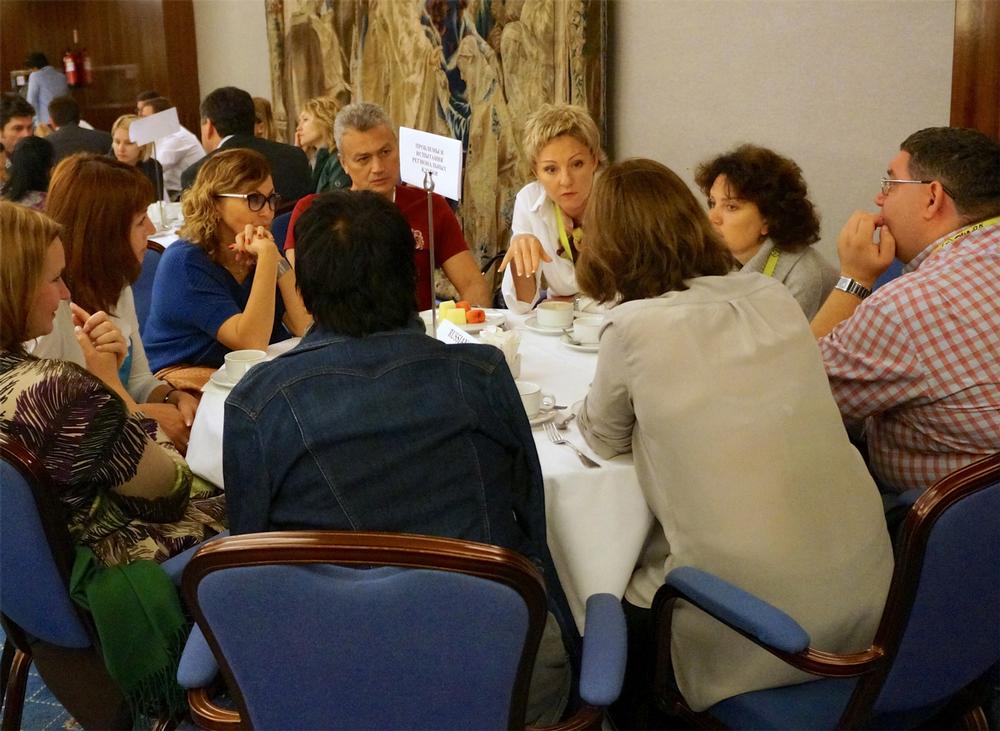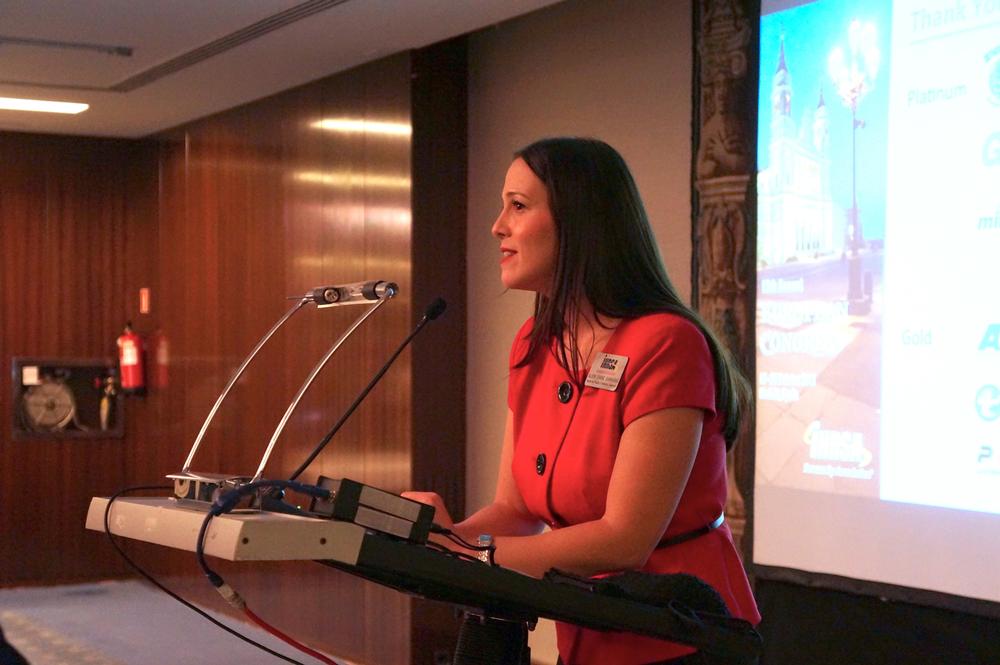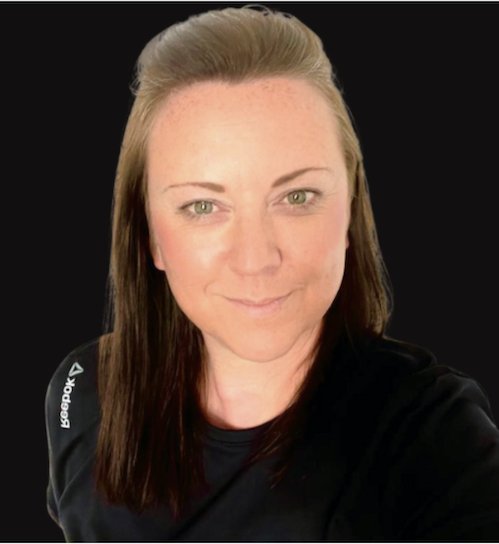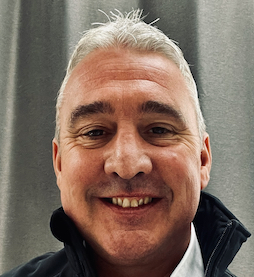IHRSA’s 2013 European Congress got off to a flying start with futurologist Magnus Lindkvist’s keynote – ‘When the Future Begins: Trendspotting, Future-Thinking & the Attack of the Unexpected’ – which received a standing ovation.
Lindkvist urged the attendees to create rather than compete. He noted that in the health club business, as in other industries, we tend to copy what’s being done well by other clubs. This saves energy and facilitates our way of living, but it also causes problems for our businesses, which all tend to look the same.
Lindkvist noted three mistakes that he believes clubs make: mistaking what’s urgent for what’s important; feeding problems and starving opportunities; and pursuing uniformity rather than diversity, harmony rather than friction. We should actively pursue friction, argued Lindkvist, because change happens when we’re disagreeing with one another.
He added that a clear sign you’re doing something creative is when someone else hates it. When you invent a new way of doing things, you will be criticised and people will think your ideas are crazy.
He offered a framework for creating rather than competing:
* Look for secrets: Quoting the Danish philosopher Soren Kierkegaard, Lindkvist said: “Life can only be understood backwards, but it must be lived forwards.” Ask yourself what important truths do very few people agree with you on? According to Lindkvist, that’s where the opportunity lies.
* Experimentation: An increasing focus on risk management is phasing experimentation out of companies. Make a list of 50 dangerous things to try over the next year.
* Failure-cycling: IKEA recycled the idea for its business from one that failed for another company in 1940.
* Patience and persistence: Odeo launched Twitter in 2006. Nothing happened for three years – then it caught on.
“The very same idea can be a failure early on but a success later,” Lindkvist added. “Stop reading news. Forget doom and gloom. Think about how you’ve already changed the world in terms of fitness and health. Don’t just compete – create! Be brave – others will follow.”
Leadership
During her general session entitled ‘Top Service Culture: A Key to Success from the Inside OUT’, Carla Carvalho Dias spoke of the importance of alignment, using the analogy of a symphony.
Dias, the founder of both Visão Integrada and Portugal’s Top Service Academy, explained: “Just as a company is divided into departments, an orchestra is divided into sections, each of which has a leader. The leader plays a little louder than the rest so they can hear and follow. These section leaders are akin to middle managers.”
A conductor, meanwhile, must allow each musician their own creativity: “The conductor has the full picture and must allow musicians some flexibility – it’s their music too. Allow them to take risks during rehearsals so there’s time to make the music better for the show.”
She added: “People think in different ways – they play music in different ways – but we must align them behind what we’re trying to do, what music we want to play.”
In his presentation entitled ‘Leadership: Having Your Team Follow the Vision’, speaker Justin Tamsett encouraged attendees to look outside of the industry when trying to grow their clubs’ membership and improve their operations. He noted that, when British Airways wanted to improve its operation, it didn’t look at other airlines. It looked at Formula 1 race teams and how they were able to get a car back on the track in 20 seconds after a pit stop. “Your job as the owner of a business is to be abreast of all the trends,” he said.
Tamsett offered the audience five tactics to get their teams working with them to achieve their vision:
* Get your team thriving: Give them learning opportunities and give them the opportunity to make decisions. They will make mistakes, but help them learn from those mistakes so they won’t repeat them. “Minimise being horrible at work.” Think about what you say and how you say it. What you consider sarcasm may be taken as bullying by someone else.
* Set priorities.
* Tune up your communication: Make sure every staff member knows what’s happening in your business at all times.
* Know the score: Establish a scoreboard that’s updated on a daily basis.
* Surround yourself with the best people, both in terms of staff and outside advisors: Find people from outside the industry or from another country who are experts and learn from them.
Pricing & PT
In his presentation, ‘Business Modelling and Performance in the Fitness Industry’, Antonio Scavem advised delegates not to discount or slash membership prices, however tempting it might be to do so when a low-cost competitor comes to town.
Scavem, who is president of the audit committee for AGAP (the Portuguese health club association), urged middle market clubs in particular to find a unique value proposition. He said you should be able to pitch your business model in 90 seconds.
Meanwhile, in his presentation entitled ‘The Business of Personal Training: Best Practices’, Brent Darden – chair of the IHRSA board of directors, who also owns the TELOS Fitness Center in Dallas, Texas, US – talked about growth opportunities, and offered the following guidelines for developing a thriving personal training business in a club:
* Price for production: Charge customers a higher price for experienced trainers. Increase the price for trainers who are booked up and not available to take on more clients. Trainers will push back for fear of losing clients, but Darden has found there’s little drop-off from clients.
* Develop tiered pricing: There are five levels of personal trainers at TELOS. Trainers earn more as they advance to higher levels. They also charge more per session, so the club nets more as well.
* Focus on net revenue: Think beyond commission and the flat rate you pay trainers when calculating programme expense. Be sure to allocate costs for benefits as well.
* Establish incentive plans: Get your trainers and supervisor to agree on budget goals. Let your trainers know they will earn a bonus or incentive if they hit their goals.
* Define advancement systems: Let trainers know how they can move up in the system (in the case of TELOS, through the five levels). Determine pay and commission rates for each level. To reach a higher level, the trainer has to be producing more revenue – it’s not merely a matter of seniority.
State of the industry
On the second day of the Congress, Darden presented on the state of the European health club industry, with much of the information coming from The IHRSA European Health Club Report 2013: Size & Scope of the Fitness Industry.
He started off with good news: in the report, the 48,000 fitness clubs in Europe generated €25bn – about 40 per cent of total global industry revenue.
However, it wasn’t all good news: more than half (52 per cent) of the European population is overweight, with 17 per cent of Europeans considered obese.
Darden would have been remiss if he hadn’t mentioned VAT: 23 nations currently levy 20 per cent or more on health club membership dues and fees. “In challenging economic times, most IHRSA members believe high taxes threaten the viability of health clubs and overall health of the people, who either will not be able to afford a health club membership or will no longer have a health club available to them,” Darden said. “This underscores the importance of getting involved with your local and national governments to make sure those in power understand the ramifications of their taxation and policy decisions on public health, as well as on business.”
























































